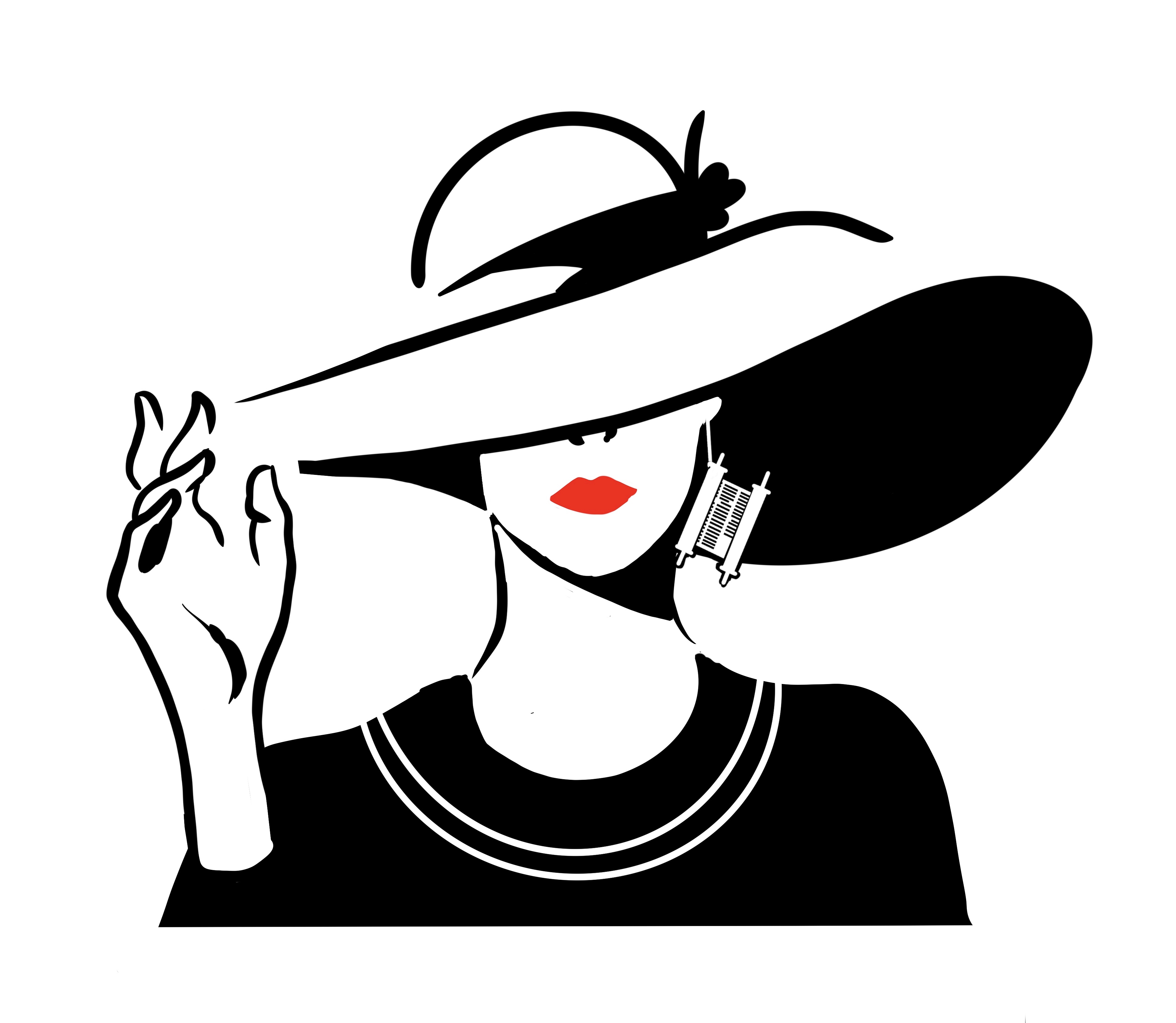Emboldened by knowledge and inspired by women’s religious leadership, it’s hardly surprising that women are transforming ritual life. Women who are more learned about Jewish law and rites cannot “unknow” that knowledge. They are changed forever, and with that access to information, women are making decisions about participation in Jewish rituals that are changing the balance of power.
Partnership minyanim, active participation in a women’s zimmun (quorum of three) for Birkat Hamazon (Grace after Meals), women saying Sheva Brachot at a wedding, Rosh Chodesh (New Moon) groups, enhanced batmitzvah rituals, simchat bat celebrations (for a newborn daughter) and women saying Kaddish. These ritual markers barely existed when I brought my infant daughters to the synagogue twenty years ago.
As women participate more in ritual life, the public face and private domain of Orthodoxy is recalibrated in ways that challenge the status quo and threaten generations of male-dominated practice. For example, Simchat Torah today no longer looks like the Simchat Torah of my youth.
As a child, and then as a young mother, I watched the men on their side of the synagogue dance with the Sifrei Torah. The idea that a Torah Scroll could be brought to the women’s section was unimaginable — and yet, nowadays, there are Orthodox synagogues where women dancing with a Sefer Torah is standard practice.
In the 1970s and 1980s Rosh Chodesh groups were a bold initiative with no specific liturgy or format. In the 1980s women’s prayer groups were created to give women a separate space to pray out loud and read aloud from a printed Chumash. Although the revolution of a women’s prayer group now seems so passé, the development of the more radical partnership minyanim can be partially attributed to these prayer groups as they lay the foundation for deeper engagement of women in ritual life.
On Purim, it is now not uncommon to hear women reading the designated scroll, Megillat Esther, for other women in mainstream Orthodox communities. Twenty years ago, this barely existed and was certainly frowned upon, whereas nowadays it is welcomed, and many rabbis pride themselves on “allowing” women to participate in such readings.
In stark contrast, partnership minyanim are the most public, threatening and emblematic expression of the changing landscape in modern Orthodox Jewish life. While the services enable more involvement by women, in fact, the men are also impacted by these services as their level of ritual leadership is decreased. Although there may be relatively few, sociologically, these minyanim are crucial to understand, for many of their attendees are the most engaged and committed young Orthodox people. These minyanim are the portents of change on the horizon.
There is a socio-cultural element to regular shul attendance as it has the feel of a men’s club — a safe space if you will — and women’s attendance can be regarded as a distraction. But there is something to be understood: many men attend shul twice, if not three, times a day every day of the week. They take their obligation to pray in a minyan seriously. It is a rare woman who comes to shul three times a day and those women with caring responsibilities have a lesser obligation to pray, let alone come to the synagogue.
Most women only attend shul on Friday night and Shabbat mornings, so from the men’s point of view, it is understandable that they are reluctant to share this space with women, who, on face value, do not appear to be as dedicated or committed in their prayer. Of course, had women been made to feel more welcome, perhaps more would have come more regularly and felt a part of the obligated praying community.
We have seen in the Reform and Conservative movement that men’s attendance at synagogue has decreased as more women take on senior leadership and ritual roles. Will this also happen in the Modern Orthodox shuls if women are more engaged? Will this lead to the emasculation of Orthodox men? Will the active inclusion of women in synagogue life lead to a different type of Modern Orthodoxy?
Partnership minyanim allow young girls to see a different kind of modelling about Jewish ritual life and their right to claim public space. They allow batmitzvah girls to read from the Torah as their brothers do. Perhaps even more importantly, young boys see their mothers and their sisters as participants in ritual rather than only as spectators.
These services attract many younger Orthodox people who experience cognitive dissonance between their religious and secular lives — the latter where men and women have access to the same education, can apply for the same jobs and are in workplaces with women CEOs. The bifurcation of their lives, so often the coping strategy of older Orthodox women, is not sustainable in an era of uber-individualism.
Although not everyone will be comfortable in this setting, expanding prayer options for men and women recognises their changing needs. And even though many Orthodox rabbis have condemned the partnership minyanim as breaching a halachic line, the number of men and women who participate continues to rise and new partnership minyanim continue to be established globally.
[From the Jewish Chronicle, 20th September, 2019 – excerpt from Under My Hat]
